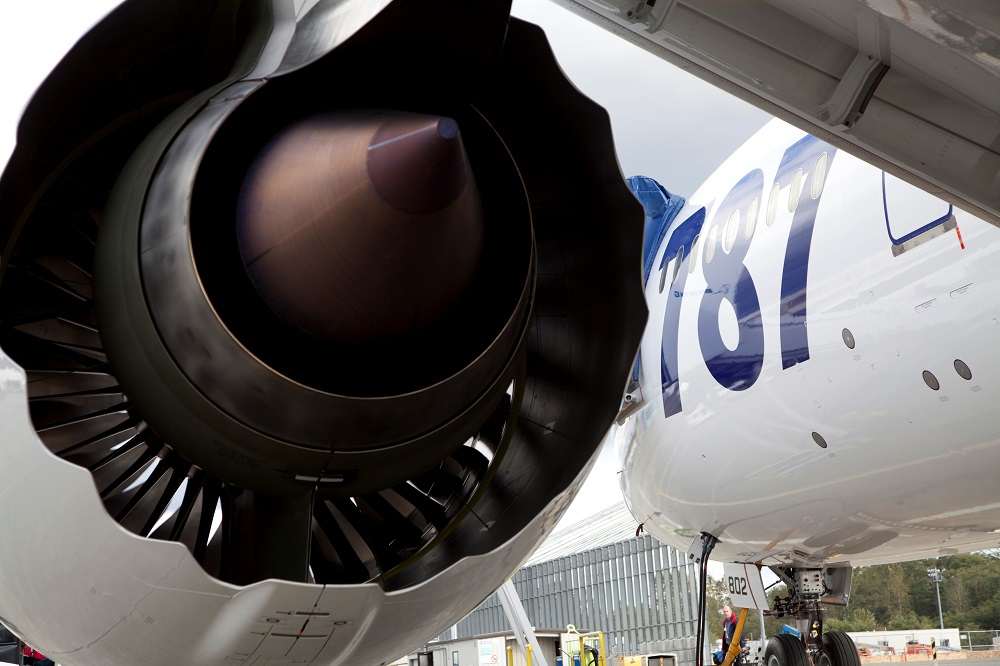Trent troubles to cost Rolls-Royce £1 billlion
03 August, 2018
3 min read
By joining our newsletter, you agree to our Privacy Policy


In-service engine issues are expected to cost Rolls-Royce at least £1 billion ($US1.3 billion) over the next three years.
Rolls-Royce announced in its half-yearly results that it would take a £554m abnormal charge for problems with Trent 1000 engines used on the Boeing 787 and Trent t900 engines used on the Airbus A380.
This represented about 40 percent of the total cash costs expected to be incurred in resolving the Trent 1000 issues to 2022.
Airlines have had to ground planes, reschedule or cancel flights and in some cases wet lease aircraft because of the problems with compressor blades on the Trent 1000s.
“The Trent 1000 in-service engine issues have caused significant disruption for a number of our customers, which we sincerely regret,’’ Rolls-Royce said in the profit announcement.
“We continue to work hard to remedy this situation and have made further good progress on the implementation of long-term solutions in the first half of the year.
“We have significantly increased our Trent 1000 maintenance and overhaul capacity, sought ways to reduce engine shop visit turnaround times and have added approximately 50 percent more turbine blade capacity since the start of the year.
“We recently confirmed that we have now started certification testing of a redesigned intermediate compressor rotor blade for Trent 1000 Package C engines, with a redesign for Trent 1000 Package B engines to follow.
“In addition, as a precautionary measure, we have launched and, are in the process of testing, a redesign of the blade common to the Trent 1000 TEN and Trent 7000 engines.
“We continue to make good progress in addressing the other known issues affecting Trent 1000 engines.”
The manufacturer said the cash costs of the engine problems would be about £450 this year and next, falling to £100m in 2020.
Rolls reported a group pre-tax loss of £1.26 billion compared to an interim profit a year ago of £1.44 billion.
Despite the Trent problems, group revenue grew by 12 percent to £7.49bn and the company expects strong growth in other parts of the business to deliver an underlying operating profit for the full year around £450m, plus or minus £100m.
“Financial results were ahead of our expectations with strong growth from Civil Aerospace and Power Systems and we achieved a number of operational and technological milestones,’’ Rolls-Royce chief executive Warren East said. “Reflecting our progress to date and growing confidence for the full year, we now expect both underlying profit and cash flow for 2018 to be in the upper half of our guidance range.”
East said the company was at a pivotal moment of its history.
“After a long period of significant investment and innovation, we are poised to become the world leader in large aircraft engines,’’ he said “Now we need to deliver the fundamental changes that will enable us to realise the potential of our position, delivering improved returns while continuing to invest in the innovation needed to realise our long-term aspiration to be the world’s leading industrial technology company.’
Rolls-Royce announced in June it would slash its headcount by 4600 as part of a “fundamental restructuring” of its business aimed at producing annual cost savings of £400m ($US536m).
READ: Rolls-Royce to ax 4600 jobs as problems found in older 787 engines.
Get the latest news and updates straight to your inbox
No spam, no hassle, no fuss, just airline news direct to you.
By joining our newsletter, you agree to our Privacy Policy
Find us on social media
Comments
No comments yet, be the first to write one.

